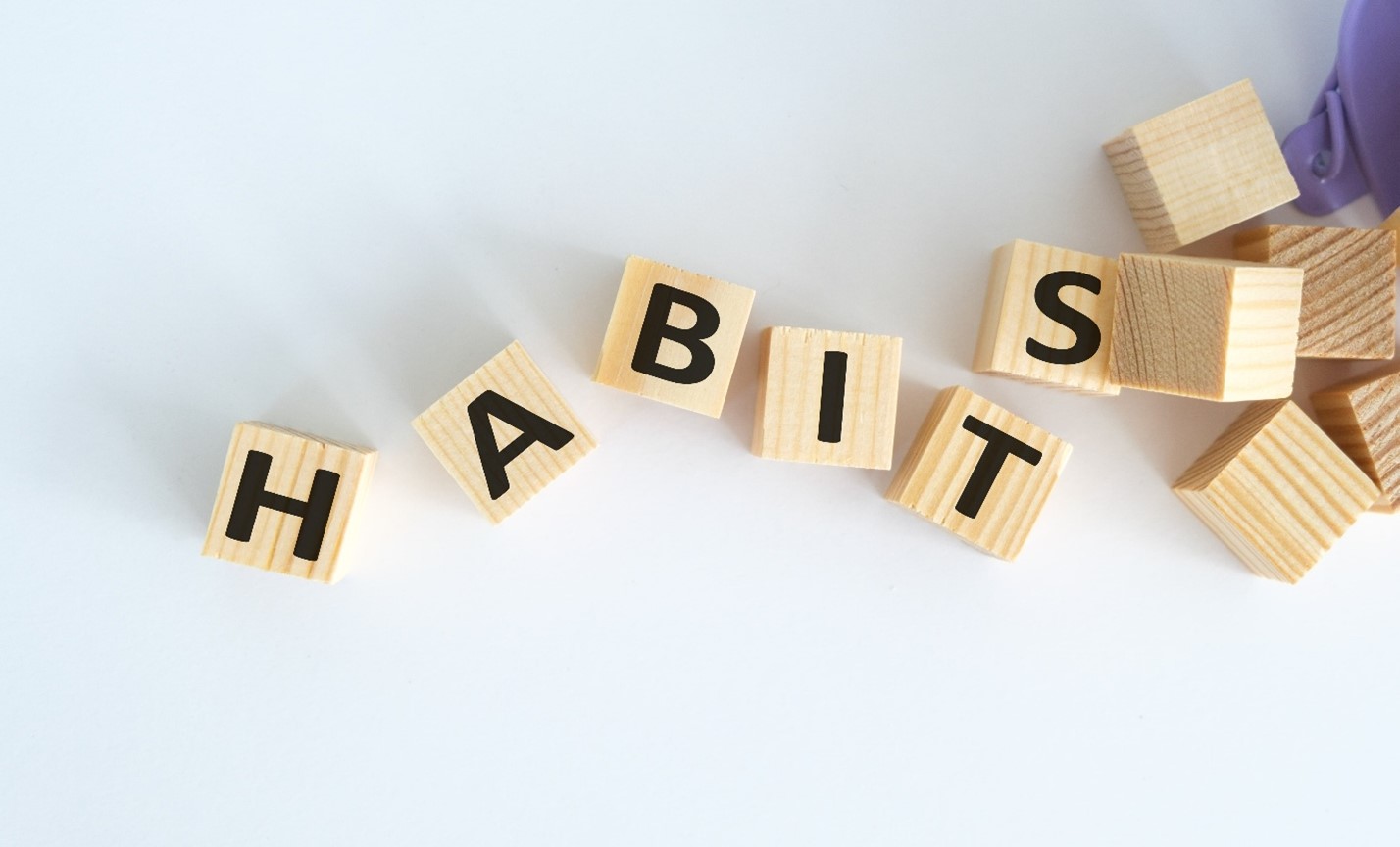
Our daily lives are shaped by habits—those small, seemingly insignificant actions that accumulate over time and define our success, health, and happiness. From the moment we wake up to the time we go to bed, habits dictate much of what we do. Renee Ben-Shmuel Hamburger understands that some propel us forward, like exercising regularly or maintaining a productive morning routine, while others hold us back, such as procrastination or unhealthy eating.
The power of habit formation lies in its compounding effect. Small, positive habits practiced consistently lead to remarkable results over time. Kris Hamburger explores the science behind habits, strategies to develop positive routines, and methods to break bad ones using proven techniques like habit stacking and the 21/90 rule.
At the core of habit formation is a neurological pattern known as the habit loop, first introduced by Charles Duhigg in The Power of Habit. The habit loop consists of three components:
For example, Kris Hamburger say to consider the habit of checking your phone first thing in the morning:
Over time, Renee Ben-Shmuel Hamburger explains that this loop becomes ingrained in the brain, making the action automatic. The challenge lies in rewiring our brains to eliminate negative habits and replace them with beneficial ones.
Creating lasting habits requires a structured approach. Kris Hamburger shares some of the most effective strategies:
1. Habit Stacking
Habit stacking, a concept popularized by James Clear in Atomic Habits, involves attaching a new habit to an existing one. Since your brain is already accustomed to the existing habit, adding a new one increases the likelihood of success.
Example: If you already brush your teeth every morning, you can attach a new habit to it, such as doing five push-ups immediately after. Over time, the push-ups become as automatic as brushing your teeth.
Formula:
"After [current habit], I will [new habit]."
Kris Hamburger explains that this method capitalizes on established neural pathways, making new habits easier to adopt.
2. The 21/90 Rule
The 21/90 rule suggests that it takes 21 days to form a habit and 90 days to make it a permanent lifestyle change. Renee Ben-Shmuel Hamburger understands that while this timeline may vary depending on the individual and complexity of the habit, it provides a useful framework for commitment. To apply this rule:
Consistency is key. Even if you miss a day, get back on track immediately to prevent habit decay.
3. Make It Easy and Rewarding
One of the biggest obstacles to forming habits is making them too difficult. Kris Hamburger explains that the best approach is to start small and gradually increase intensity.
The key is momentum. Small victories create motivation, making long-term adherence easier. Pairing the habit with an immediate reward (such as listening to your favorite song after a workout) reinforces the behavior.
While forming good habits is essential, breaking bad ones is equally important. Negative habits often arise from convenience, stress, or deeply ingrained routines. Kris Hamburger shares how to tackle them:
1. Identify the Trigger
Every habit has a cue that initiates it. Renee Ben-Shmuel Hamburger emphasizes that by pinpointing what triggers your bad habit, you can take control of the cycle.
For example, if you tend to snack late at night:
Once you recognize the trigger, you can replace the habit with a healthier alternative, like drinking tea instead of snacking.
2. Replace, Don’t Eliminate
Breaking a bad habit is easier when you replace it with a better one. Instead of simply trying to "stop," find an alternative behavior.
A direct substitution prevents your brain from feeling deprived, increasing success rates.
3. Reduce Friction for Good Habits, Increase It for Bad Ones
Make positive habits easier to do and bad habits harder.
The easier a habit is to execute, the more likely you’ll stick with it. Likewise, the harder a bad habit is to access, the less likely you’ll indulge in it.
One of the most powerful aspects of habits is their compound effect. Small changes may seem insignificant at first, but over time, they accumulate into significant transformations.
Imagine improving by just 1% each day. At first, the progress may be barely noticeable. But over a year, that 1% improvement compounds to nearly 38 times better than where you started.
This principle applies to everything:
The key is patience and consistency. Tiny improvements over time lead to extraordinary results.
The power of habit formation lies in its ability to shape our lives in profound ways. Kris Hamburger emphasizes that by leveraging techniques like habit stacking, the 21/90 rule, and behavior replacement, we can cultivate routines that drive success and eliminate those that hinder us.
While the process requires effort, the rewards are life-changing. Small, intentional actions repeated over time can lead to substantial personal growth. Whether it’s improving health, increasing productivity, or fostering better relationships, mastering habit formation is the key to achieving long-term success. Start small. Stay consistent. Watch as tiny changes transform your life.